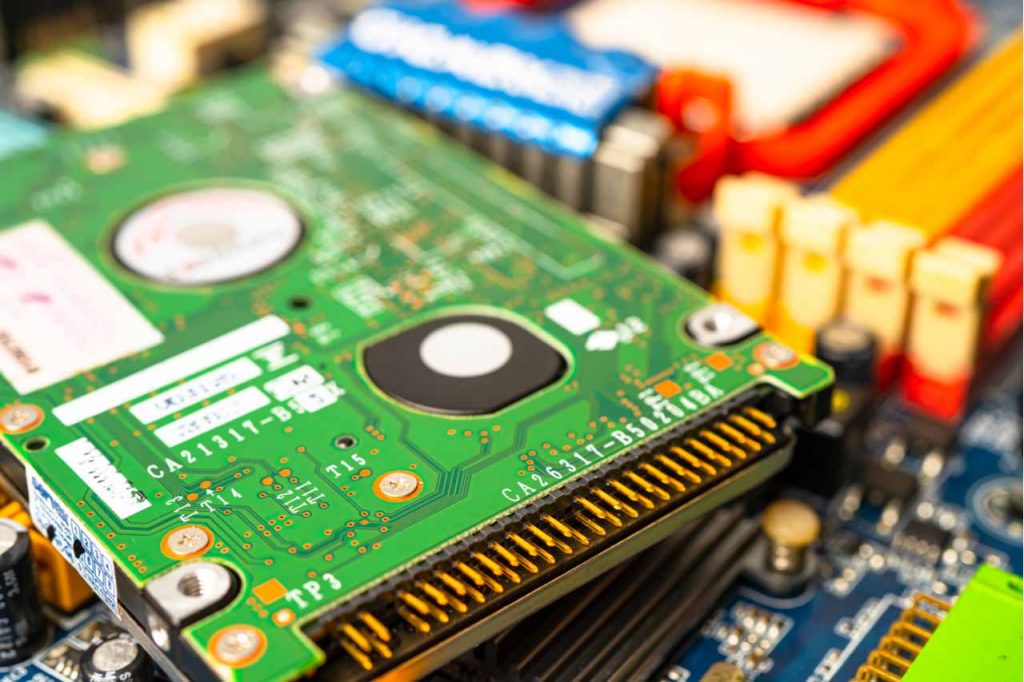
The U.N. report also notes that the number of countries with national e-scrap policies, legislation or regulations increased from 61 in 2014 to 78 in 2019. | sasirin pamai/Shutterstock
A United Nations report estimates that 17.4% of e-scrap generated globally was recycled in 2019, well short of a goal of 30% by 2023.
Published this month, the third edition of the Global E-Waste Monitor report estimates 53.6 million metric tons of scrap electronics and electrical appliances were generated in 2019. That was up by 21% over five years. In the report, “e-waste” is defined as material that’s discarded by its owner as waste without the intent of reuse.
Globally, the weight officially documented as collected and recycled was 9.3 million metric tons in 2019, up 24% over five years.
Those numbers mean the global electronics recycling rate for 2019 was 17.4%, up slightly from 16.9% in 2014.
“More and more people are joining the global information society and digital economy, and are benefiting from the opportunities they offer,” according to the International Telecommunications Union, a specialized agency of the U.N. that collaborated on the report. “In parallel, higher levels of disposable incomes, urbanisation, and industrialisation in many developing countries are leading to growing amounts of electrical and electronic equipment (EEE) and, consequently, to greater amounts of e-waste.”
In 2018, the ITU established a target to increase the recycling rate to 30% by 2023. “The formal collection and recycling rate would have to increase at a much faster pace in order to hit that target,” according to the ITU.
The report also notes the number of countries with national e-scrap policies, legislation or regulations increased from 61 in 2014 to 78 in 2019. Those 78 countries account for 71% of the world’s population.
The Global E-Waste Monitor noted in some of the countries that have put those policies and laws in place, regulatory advances are slow, enforcement is poor, and the policies and laws haven’t stimulated proper e-scrap management because of a lack of investment and political motivation. The regulations in different countries also tend to cover different products, making it difficult to compare statistics.
Significant regional differences
The 2019 figures were broken out by different regions in terms of total weight generated, per capita generation and recycling rate.
Of the total 53.6 million metric tons generated last year, 24.9 million metric tons was generated in Asia, 13.1 million metric tons in the Americas, 12 million metric tons in Europe, 2.9 million metric tons in Africa and 700,000 metric tons in Oceania.
On a per-capita basis, world generation averaged 7.3 kilograms. By region, it was 16.2 kilograms in Europe, 16.1 kilograms in Oceania, 13.3 kilograms in the Americas, 5.6 kilograms in Asia and 2.5 kilograms in Africa.
The recycling rate was 42.5% in Europe, 11.7% in Asia, 9.4% in the Americas, 8.8% in Oceania and 0.9% in Africa.
The Global E-Waste Monitor report is a collaboration between multiple organizations: United Nations University, the United Nations Institute for Training and Research (UNITAR), the ITU and the International Solid Waste Association.